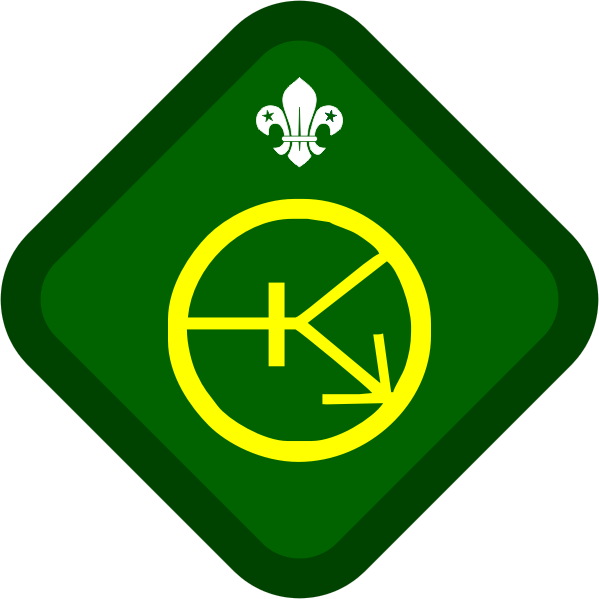


Electronics
Complete the requirements below:
- Show an understanding of components by completing the following three tasks:
- Be able to recognise common electronic components that are shown to you. Explain, in simple terms, the functions they perform in electronic circuits.
- Understand the systems used for marking components with their values and be able to identify the values of resistors and capacitors so marked. Understand the importance of the rating of a component.
- Know the symbols that are used to represent common components in circuit diagrams. Show how to identify the polarity of a diode and a specific pin number on an integrated circuit.
- Demonstrate knowledge of safe working practices to be followed when handling electronic components, and circuit boards and when undertaking soldering.
- Use a multimeter to measure voltage, current and resistance in a simple circuit. Discuss the relationship between these values.
- Discuss the main differences in operation of digital and analogue circuits.
- Construct three simple circuits, one of which should be based mainly on digital electronics. These may be from a book or magazine, or circuits that you have designed yourself. At least one of the circuits should be soldered using either strip-board or a custom made printed circuit board. Explain the principles behind the operation of each circuit and the typical values of voltage and current found in each.
